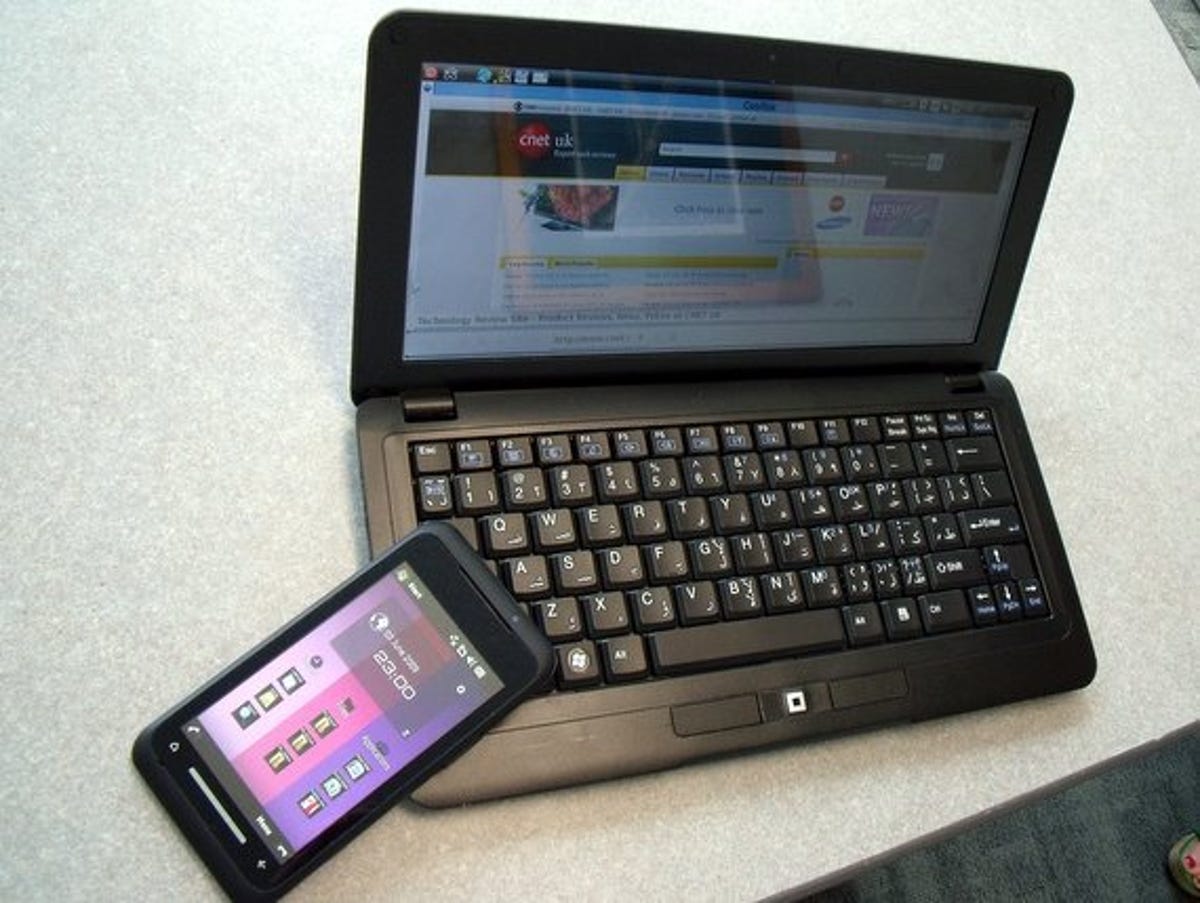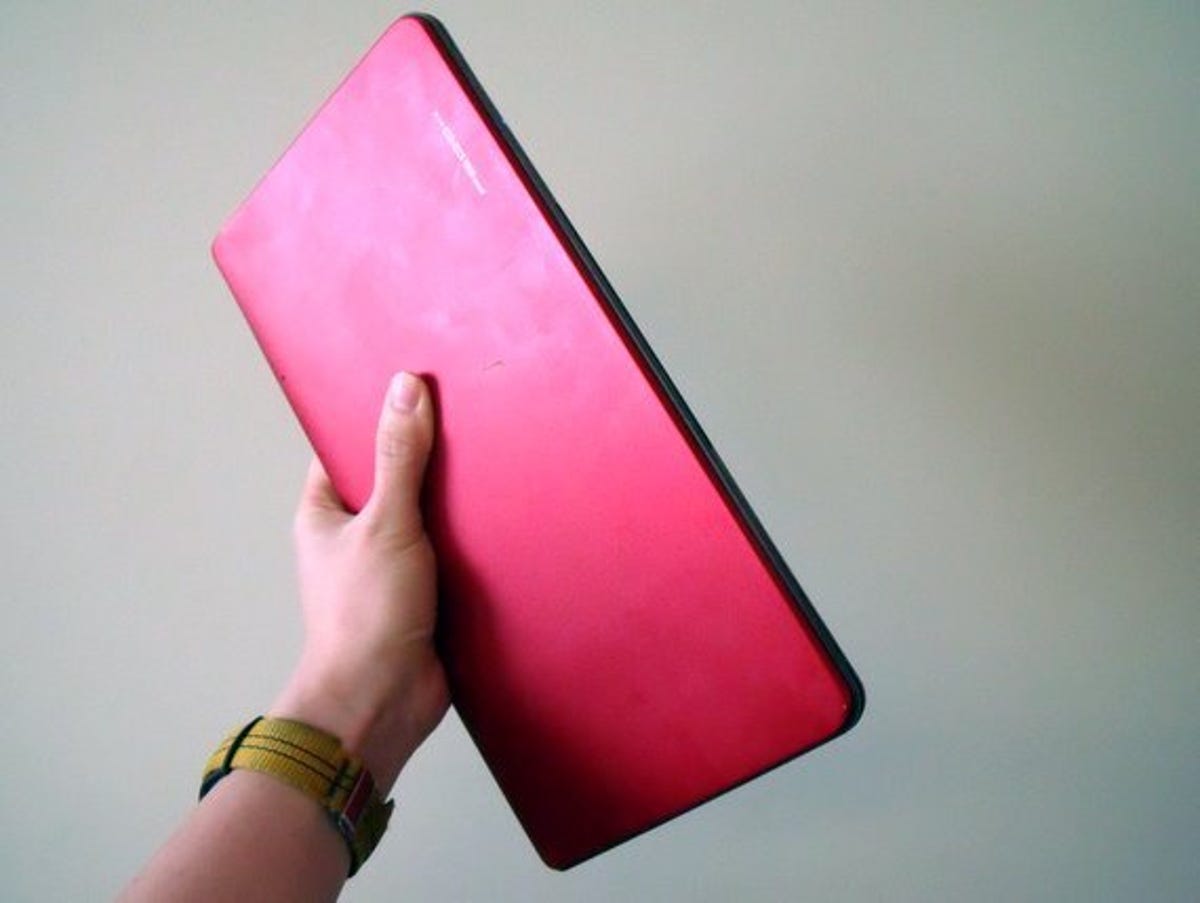
Crave has travelled to the spiritual home of the iPhone -- California -- but we're not chasing this week's phone superstar. This week is so last week, because we're at Qualcomm, which is taking us on a magic carpet ride into the future of the mobile world.
Here be dragons, thanks to Qualcomm's new Snapdragon processor, which powers the wafer-thin mega-touchscreen Toshiba TG01. Snapdragon has prompted Qualcomm to invent a new word, 'smartbook', to label its dream of low-power, super-thin smart phones that are powerful enough to start nudging the netbooks. Snapdragon is a chip with 3G connectivity, so we're talking a tablet that's always on and always connected to the Internet, without a Wi-Fi signal in sight.
We got our hands on the TG01 and its much bigger cousin, the Wistron PBook -- that's 'P' for purse, ladies and manbag wielders. It may look like an anorexic Sony P-series netbook, but there's no Intel inside, just the heart of a souped-up phone.
Snapdragon also uses much less power, and Qualcomm is bandying around battery life like 8-10 hours of use -- and multi-day standby time between charges -- for a device such as the PBook. That means instead of busting out our power cord after two hours of typing, we can roam free of the plug and pop open the device, like a mobile, whenever we're in the mood for a spot of surfing or Facebooking.
But we're not talking about booting up Microsoft Word on these little guys -- you can't load Windows. Instead, mobile operating systems such as Windows Mobile, Google Android and other versions of Linux are the flavours on offer.
The TG01 has already launched, there are now more than 40 Snapdragon-based devices in the works and Qualcomm says the UK is going to be the snappy reptile's prime stomping ground, so we're sure to see a herd of them on our shelves.
Click through to see what Snapdragon is promising, more from the PBook and a Dalek that will totally frickin' heal you.
